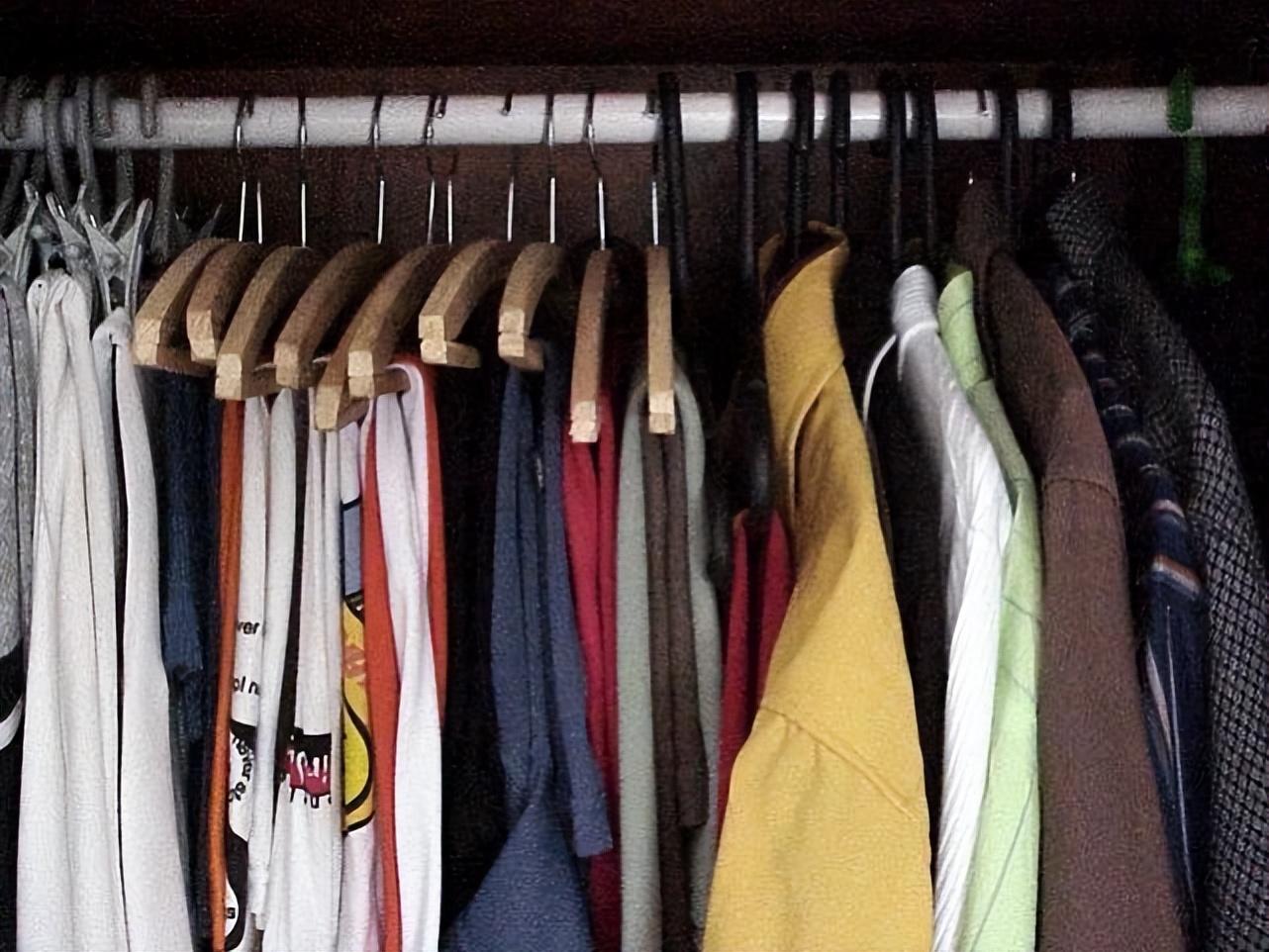1. Polyacrylonitrile fiber
Polyacrylonitrile fiber is polymerized from acrylonitrile. In order to facilitate dyeing, 15% copolymer is added. Polyacrylonitrile fiber can be used alone, and is often blended with wool. It can be dry-cleaned or washed normally, and washing is easy. This polymer has a low glass transition temperature, so processing temperatures must be kept below 80°C.
Modified polyacrylonitrile is a copolymer of acrylonitrile and vinyl chloride. Modified polyacrylic fiber is generally used as a substitute for wool, such as coat linings, and can even be used to make cheaper wigs. The dyes used can be cationic, dispersive, or metallic, and can be dyed in various colors.
Modified polyacrylonitrile fiber is stable to acids and alkalis, but unstable to polar solvents such as acetone. It is also stable towards redox agents. Modacrylic fibers rarely use heavy-duty detergents, as do most synthetic fibers. For this type of fiber, general detergents can be used. But remember, polar solvents like acetone should be avoided. To remove additional dirt, use the following detergent formula: sodium carbonate
5.0%, sodium tripolyphosphate 2.5%, sodium metasilicate 2.0%, wetting agent 1.5%. If high foaming is required, LAS can be used
Type surfactant; if low foaming type is required, nonionic surfactant with HLB value of about 13 can be used; if foam is not desired, nonionic surfactant with low HLB value can be used, such as
Linear alkyl alcohols with 2 to 3 ethoxy groups.
2. Polyester fibers
Polyester is derived from phthalic acid and a lactone or glycol, usually ethylene glycol Alcohol esterification condensation. The surface of polyester fiber is hydrophobic. Like other synthetic fibers, polyester fibers do not carry dirt as easily as natural fibers due to processing methods. Its hydrophobic nature rejects hydrophilic dirt. Removing stains from dye stains on polyester fibers is a major factor to consider when washing. Polyester does not require heavy-duty detergents. Its hydrophobic nature makes it highly resistant to water solubility, whether acidic or alkaline. When choosing a detergent, you should pay attention to the characteristics of polyester fibers.
The blending effect of polyester and flowers is very good. Usually the proportion of polyester is 40% to 60%, and the proportion of blending with wool is Slightly smaller. Natural fibers have a great feel and feel, and are moisture-wicking, which polyester does not. This fiber blend is made from off-the-shelf blended yarns rather than monofilaments.
Polyester fiber/cotton blended fabrics can be washed with cotton detergent. For removing oil spots, formulas with high HLB values, such as LAS, should be preferred. If that doesn’t work, treat it with alcohol. However, oil stains that have been adsorbed on polyester fibers for a long time are difficult to remove.
For the washing of polyester fiber/wool, you should pay attention to the taboo conditions for wool washing, especially high alkalinity should be avoided. Choose appropriate wetting agents, using phosphates and silicates as additives.

3. Polyolefin fibers
Polyolefins include polyethylene and polypropylene. Polypropylene and modified polypropylene are widely used in textiles and can obtain various physical properties (such as strength, hardness and elasticity). ) fiber varieties. Polypropylene fibers are drawn from melted resin. In order to obtain colored fibers, pigments and translucent agents can be added. The thermoplasticity of this polymer allows products with different shapes and different textile properties to be obtained by changing the shape and diameter of the cross-linked links.
Polyolefin does not easily carry dirt, except oil. If there is a lot of oil, use a high pH wash night. For general detergents, nonionic surfactants with an HLB value of 13 or slightly larger, and sodium tripolyphosphate or pyrophosphate phosphates can be used as additives.
Carpet fibers are water- and oil-resistant. Polypropylene fibers are hydrophobic and resistant to water. When low-molecular substances such as vinegar, petroleum ether and chlorinated hydrocarbons come into contact with this type of fiber, they are first adsorbed, then moistened, and finally can gradually dissolve dirt.








